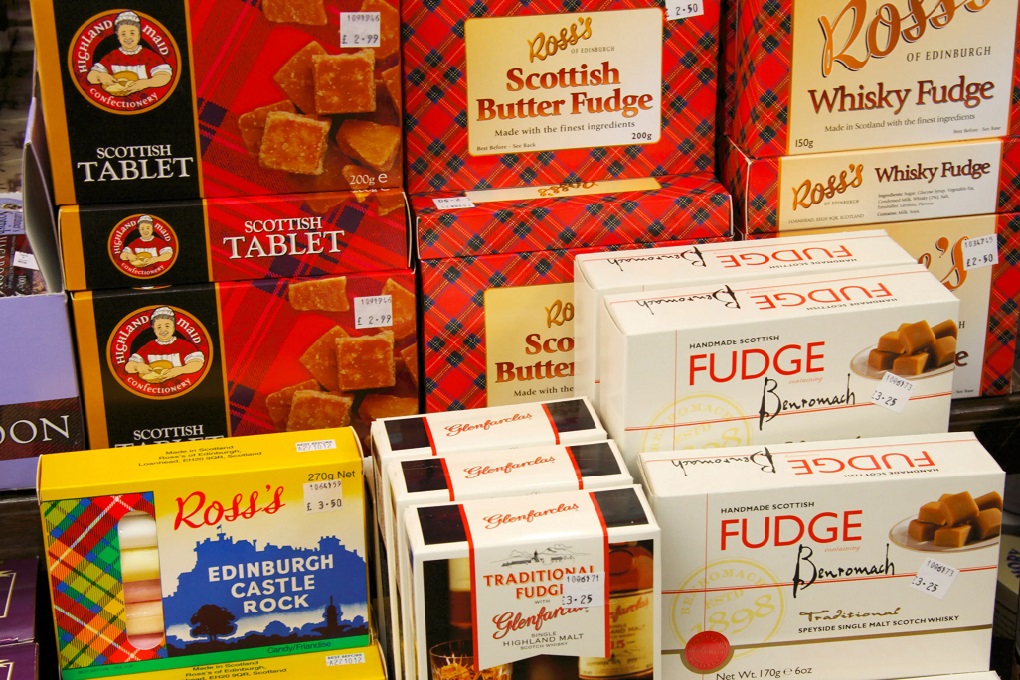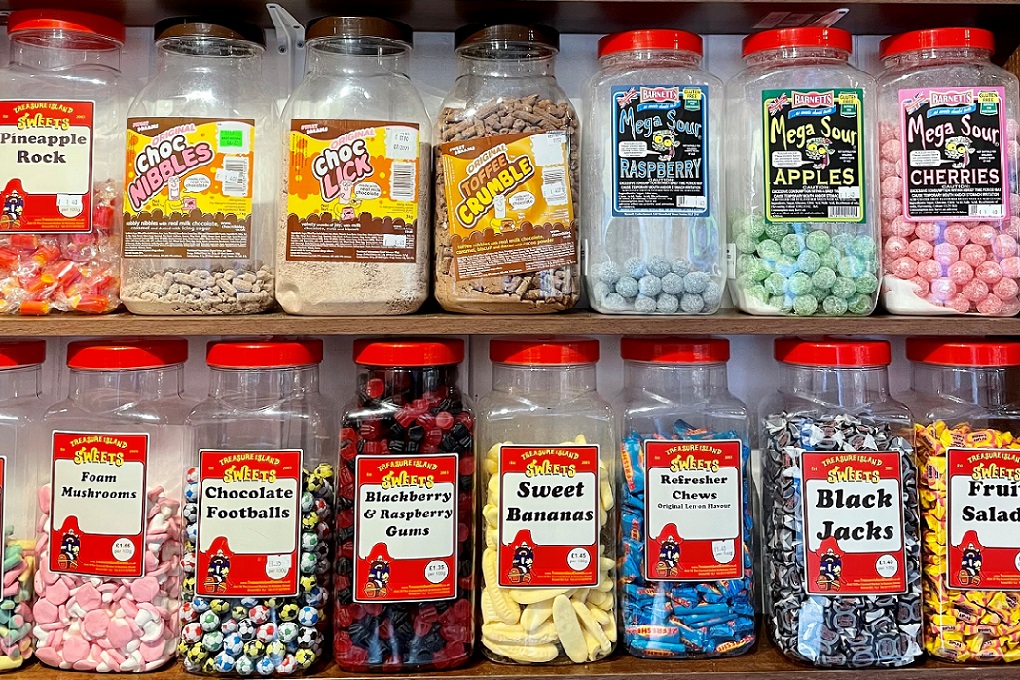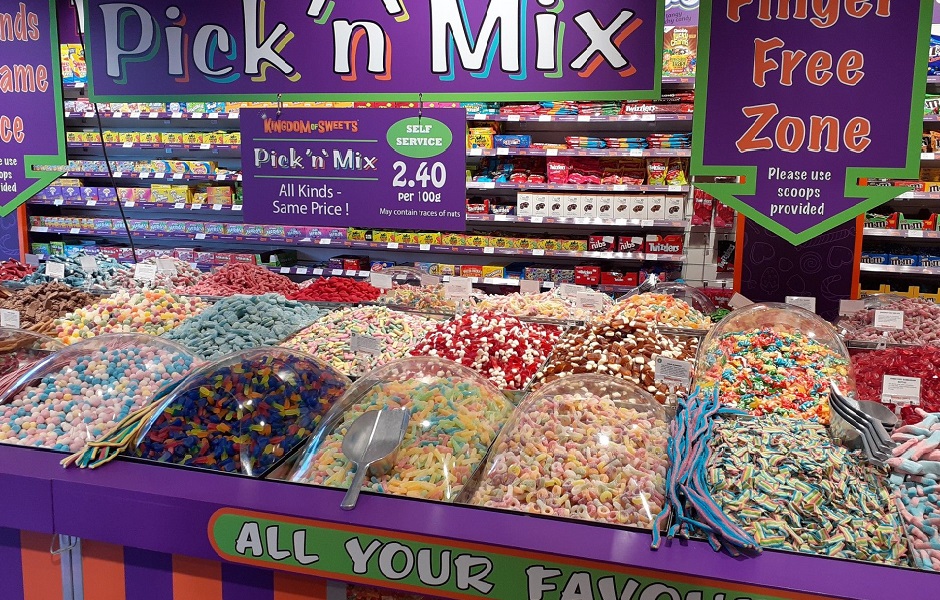Wee History of Scottish Sweeties
Forget tartan, whisky, or even smoked salmon—Scotland’s most underrated export is candy (or sweeties, as all good Scots call them). In the British Isles, the Scottish sweet tooth is notorious. One recent survey, for example, showed that [two out of every five Scots admitted to eating candy at least once a day.
A Scottish fish and chip shop made world headlines when it invented the deep-fried Mars bar and the delicacy spread rapidly across the country.
But how did Scotland become Willy Wonka’s spiritual home? In large part, blame the British empire. Much of the money used to fund initial imperial expansion came from the Caribbean, during an era where slave labor was used to farm sugar cane—a crop so lucrative it was nicknamed white gold. Raw cane sugar was shipped back to the U.K. for granulation via a process developed in Scotland, and much of it ended up in the refineries in and around Glasgow.
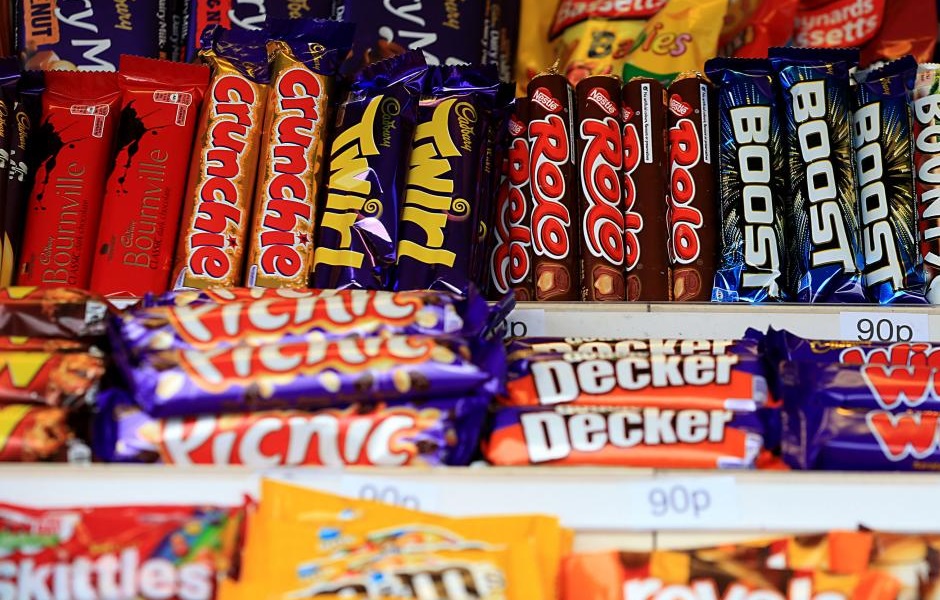
So much sugar was coming down the Clyde River that the first town you came to on the river, Greenock, was nicknamed Sugaropolis. Cheap sugar became so readily available locally that a cottage industry of candy-making emerged without counterparts in England or Wales: Women known as “Sweetie Wives” bought it in bulk, boiled it into home-made sweets, and then sold them in local markets.
Scotland’s somewhat windswept climate is likely also a contributor to locals’ sweet tooth. Boiling sugar or bringing chocolate to the temperature you need to temper it is much easier in a colder environment. Some studies also suggest that colder, dark climates—during midwinter, in Scotland, the sun might rise for barely seven hours per day—the human body craves more sugary foods to offset Seasonal Affective Disorder or SAD; put simply, the end result of carbohydrates spiking blood sugar levels is a spritz of mood-lifting serotonin in the brain.
Unknown, “All you need is love and a little bit of candy.”
Scottish candy is proudly straightforward and often homemade (orange marmalade was apparently also invented here when a resourceful Scottish Sweetie Wife salvaged a shipwrecked crop of Seville oranges with bushels of sugar). Scottish sweeties might not be fancy, but they really hit the sweet spot.
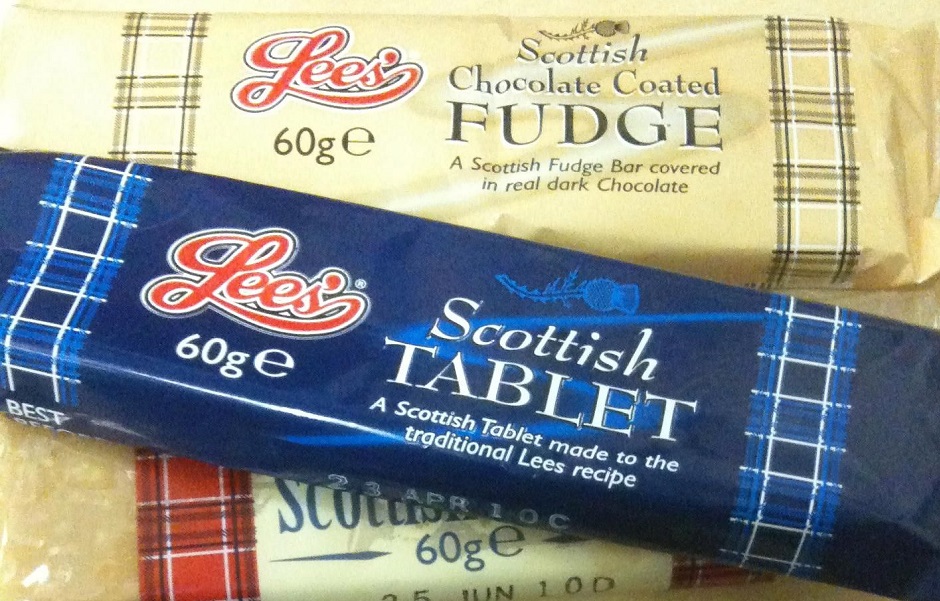
SCOTLAND’S FAVORITE SWEETS
Tunnock’s – This Whip-it-like, bite-sized snack is a national treasure that combines a crispy cookie base, marshmallow, and a dark chocolate shell; the Glasgow-based firm also makes a popular caramel wafer which is sort of like a caramelly Kit Kat, but better, of course—hello, it’s made in Scotland!
Tablet –The only difference between fudge and tablet is that the latter is beaten firmly after cooking; this confers a lighter, crystallized texture compared with the dense mouthfeel of fudge. Serve a square of tablet with an afternoon cuppa if you want to make like a local.
Edinburgh Rock – The Scottish reputation for sugar-loving is matched by their resourcefulness—see the story of marmalade, or this treat which was essentially born from a mistake. When a confectioner made a batch of hard candy and accidentally left it out too long, it became slightly squishy. Instead of trashing his spoiled candies, he changed the name and created an entirely new category of semi-hard sweets.
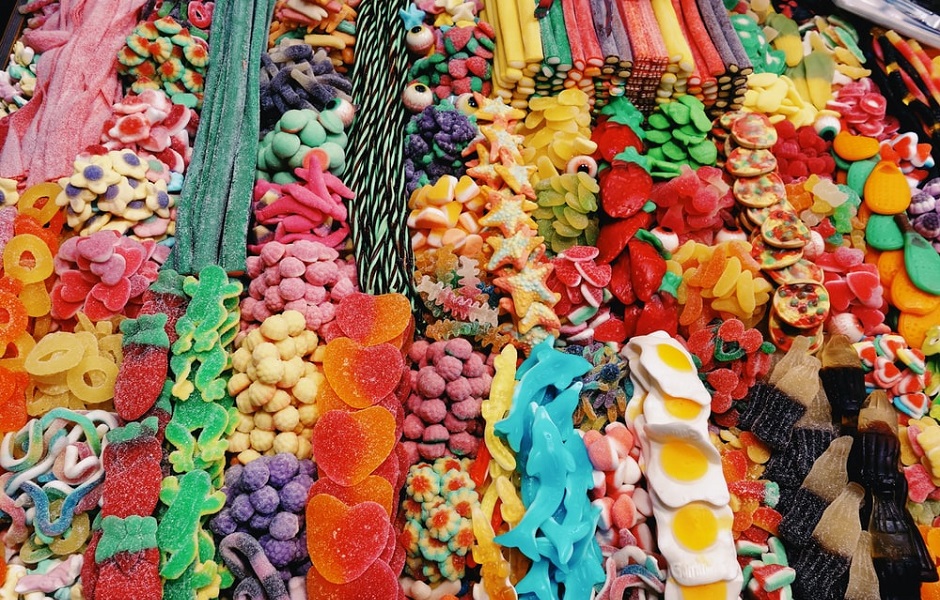
Irn-Bru – Think of Scotland’s official soda as a tartan-tinged Mountain Dew: mouth-puckeringly sweet and spiked with caffeine.
Millions – Ever wanted permission to simply dig your hands into a jar of sprinkles and eat a fistful? Just buy a packet of Millions instead.
Lucky Tatties will make your head fry, they’re so sugary. These chocolate truffle understudies are small, round balls of fondant, rolled in cinnamon powder to resemble a little potato—hence the name—and eaten in one gulp.
Article Credit: Mark Ellwood – https://www.cntraveler.com/story/a-brief-history-of-scotlands-love-affair-with-candy
Photo Credit – Alamy Conde Nast Traveler
Photo Credit – 2Chill
Photo Credit – Kingdom of Sweets
Photo Credit – The Times
Photo Credit – Pinterest
Photo Credit – Unsplash


